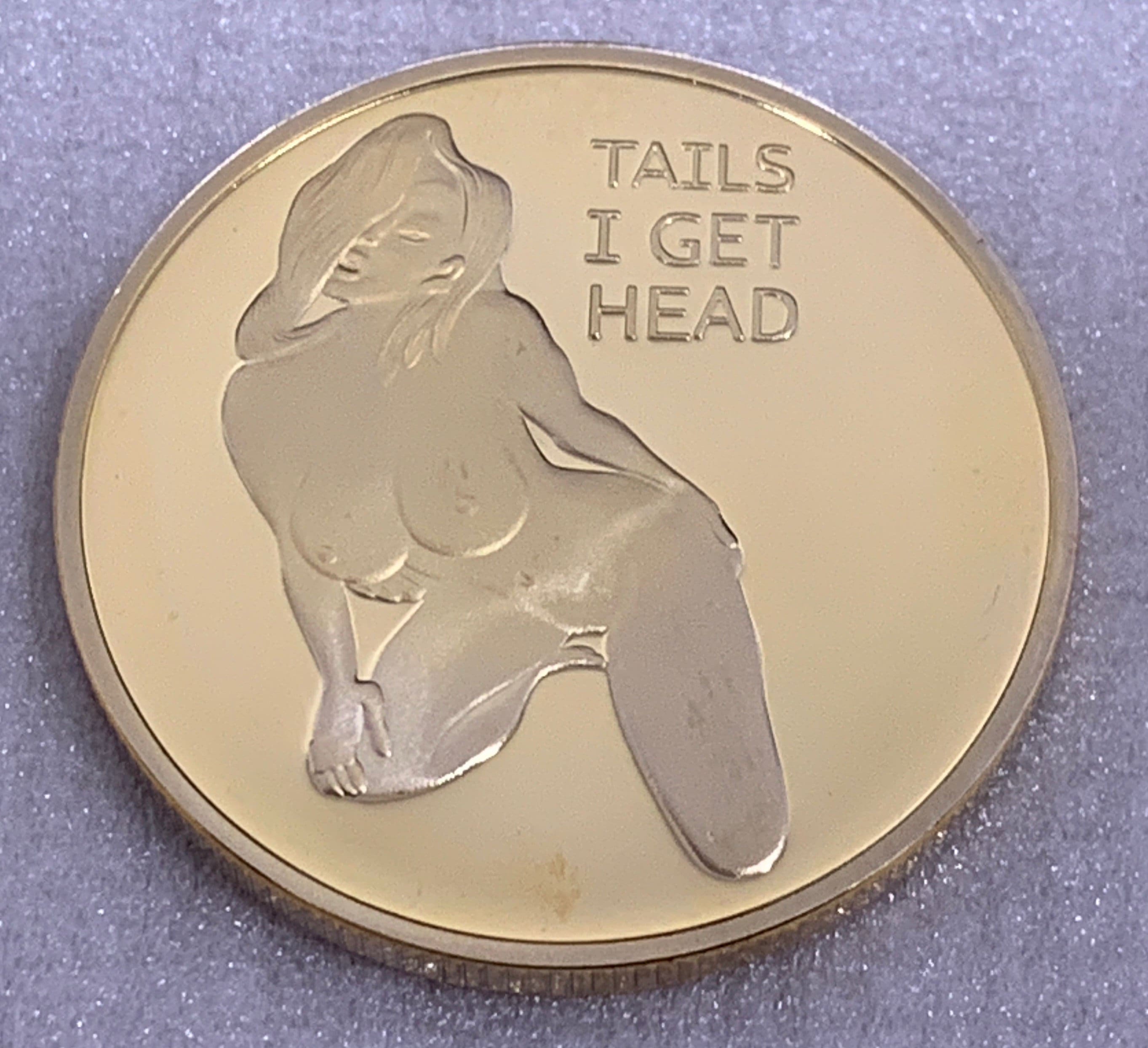

Because of the high rate of injury in these events, it has not achieved mainstream popularity in any football league (a modified version was adopted by X-League Indoor Football, in which each player pursued his own ball), and coin tossing remains the method of choice in American football.

The original XFL, a short-lived American football league, attempted to avoid coin tosses by implementing a face-off style "opening scramble," in which one player from each team tried to recover a loose football the team whose player recovered the ball got first choice.
#Heads or tail coin flip pro#
a specially minted coin is flipped in National Football League games the coin is then sent to the Pro Football Hall of Fame, and other coins of the special series minted at the same time are sold to collectors. A legacy of that particular 1988 coin flip was to reduce the use of coin flips to break ties in Texas sports, instead using point systems to reduce the frequency of ties.Ĭoin flipping is used to decide which end of the field the teams will play to and/or which team gets first use of the ball, or similar questions in football matches, American football games, Australian rules football, volleyball, and other sports requiring such decisions.
#Heads or tail coin flip tv#
The three-way flip is 75% likely to work each time it is tried (if all coins are heads or all are tails, each of which occur 1/8 of the time due to the chances being 0.5 by 0.5 by 0.5, the flip is repeated until the results differ), and does not require that "heads" or "tails" be called.Ī well-known example of such a three-way coin flip (choose two out of three) is dramatized in Friday Night Lights (originally a book, subsequently film and TV series), wherein three Texas high school football teams use a three-way coin flip.

To choose one out of three, the previous is either reversed (the odd coin out is the winner) or a regular two-way coin flip between the two remaining players can decide. To choose two out of three, three coins are flipped, and if two coins come up the same and one different, the different one loses (is out), leaving two players. Three-way coin flips are also possible, by a different process – this can be done either to choose two out of three, or to choose one out of three. Some high-profile coin tosses, such as the Cricket World Cup and the Super Bowl, use custom-made ceremonial medallions. Larger coins tend to be more popular than smaller ones. The coin may be any type as long as it has two distinct sides it need not be a circulating coin as such. In most cases the coin is simply re-flipped. A computational model suggests that the chance of a coin landing on its edge and staying there is about 1 in 6000 for an American nickel. However, even on a flat surface it is possible for a coin to land on its edge. It is possible for a coin to land on its side, usually by landing up against an object (such as a shoe) or by getting stuck in the ground. When the coin comes to rest, the toss is complete and the party who called correctly or was assigned the upper side is declared the winner. Depending on custom, the coin may be caught caught and inverted or allowed to land on the ground. The other party is assigned the opposite side. Either beforehand or when the coin is in the air, an interested party declares "heads" or "tails", indicating which side of the coin that party is choosing. Process ĭuring a coin toss, the coin is thrown into the air such that it rotates edge-over-edge several times. In England, this was referred to as cross and pile. A Roman coin with the head of Pompey the Great on the obverse and a ship on the reverseĬoin flipping was known to the Romans as navia aut caput ("ship or head"), as some coins had a ship on one side and the head of the emperor on the other.


 0 kommentar(er)
0 kommentar(er)
